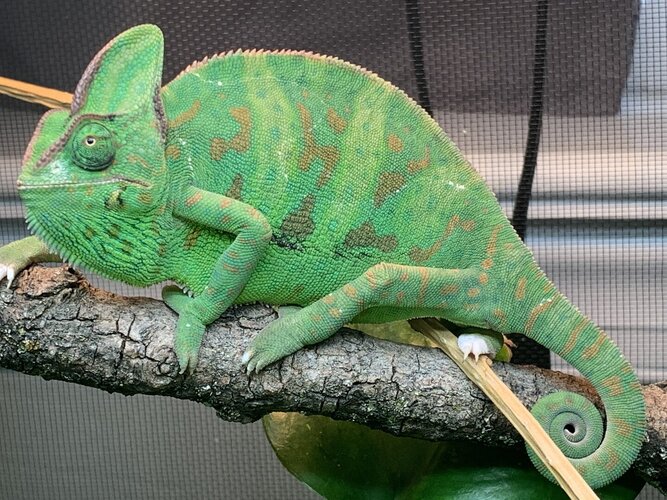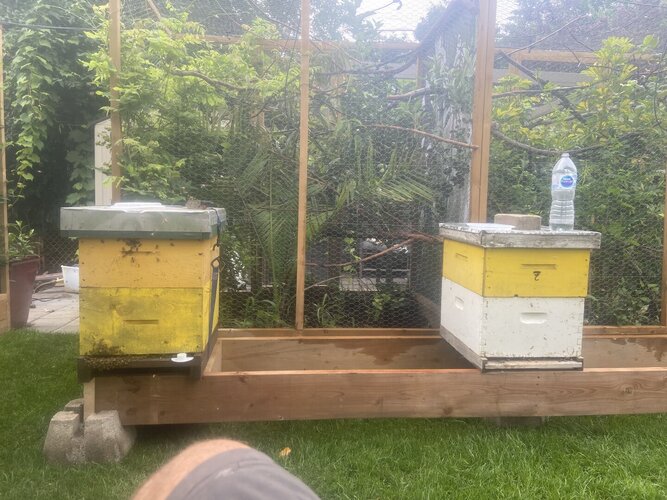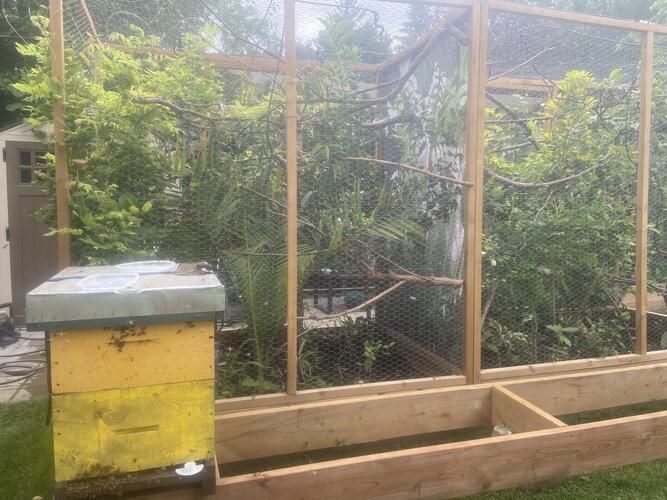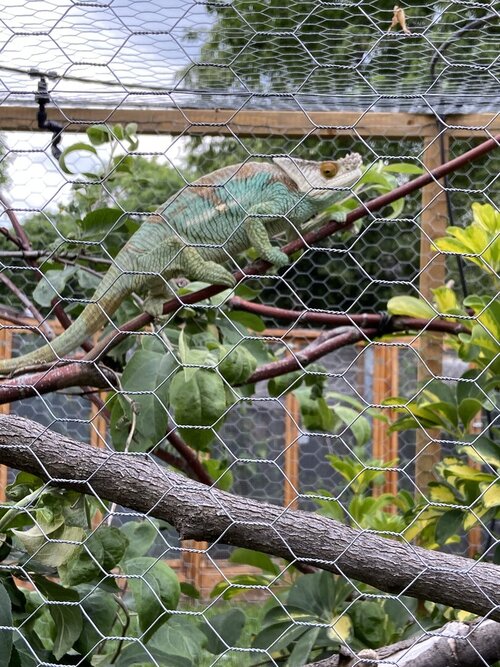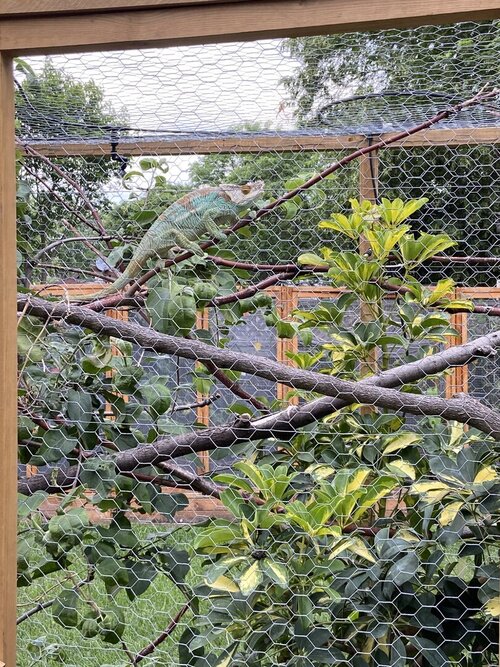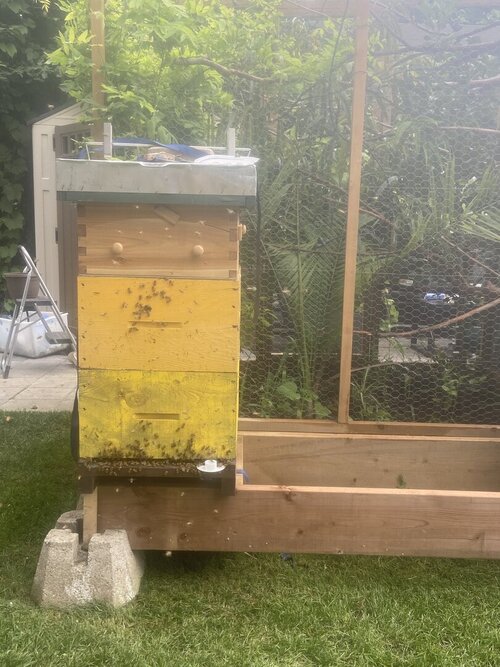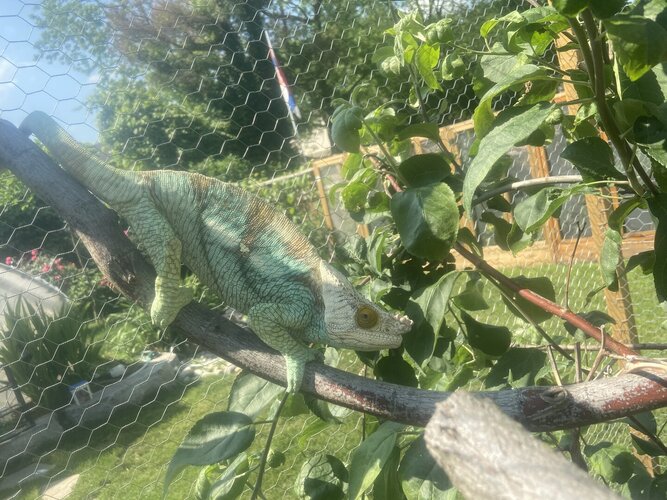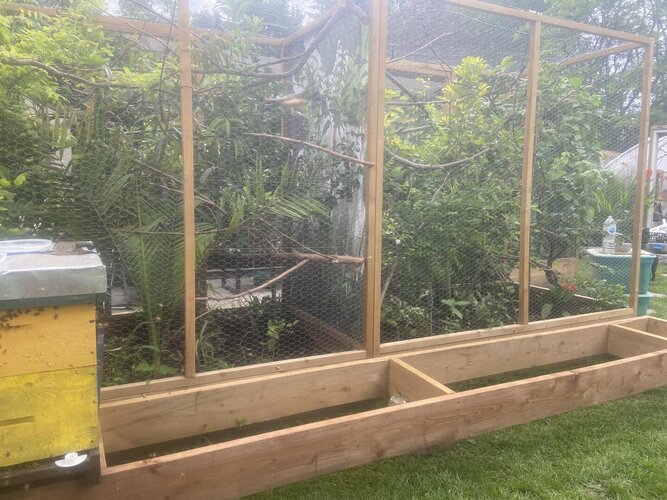Andrew1283
Chameleon Enthusiast
Well I’m glad my ignorance didn’t harm my buddy with lasting effects. Her jaw looks much better and she’s eating crickets like normal. I tried to inspect her mouth as snitz427 recommended but her veil/head is small and she wiggled free. I didn’t want to hold her too hard and hurt her and I wasn’t wearing gloves. She took a snap at me and now she’s looking at me with her war paint colors.

